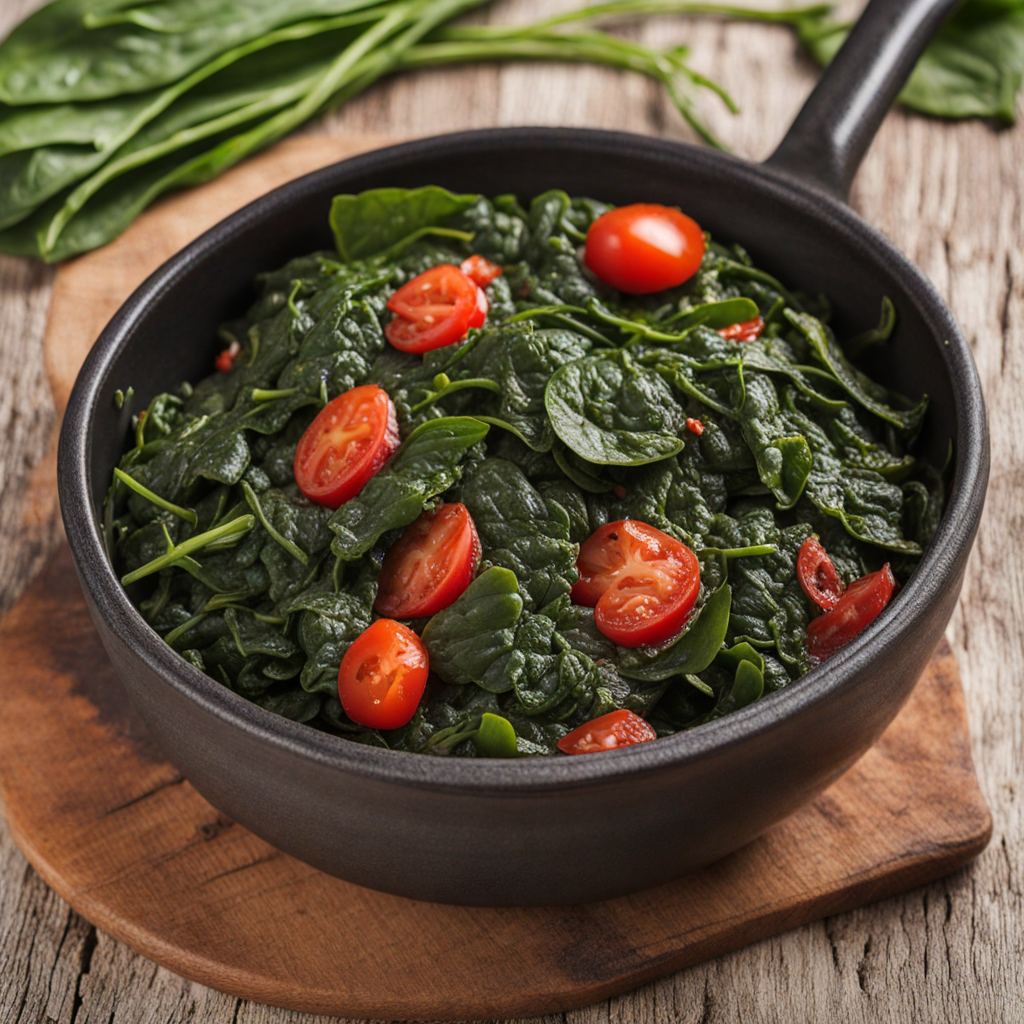Fruit Salad
Fruit salad in Eswatini is a vibrant and refreshing dish that showcases the country's rich agricultural bounty. It typically includes a delightful mix of local fruits such as sweet mangoes, juicy pineapples, and luscious bananas, all of which are readily available in the region. The combination of these fruits not only creates a visually appealing dish but also offers a harmonious blend of flavors and textures, from the crispness of apples to the creaminess of avocados. Each bite is a burst of tropical sweetness, perfectly balancing tart and sweet notes that awaken the palate. In Eswatini, fruit salad is often enhanced with a touch of local flair. A drizzle of honey or a sprinkle of cinnamon may be added for an extra layer of sweetness and warmth. Sometimes, a splash of freshly squeezed lime juice is incorporated to elevate the flavors, adding a refreshing tang that complements the natural sweetness of the fruits. This simple yet thoughtful addition showcases the traditional Swazi approach to food, where local ingredients are celebrated and enhanced to create delightful dishes. Served chilled, this fruit salad is a popular choice during warm days or festive gatherings, making it a perfect complement to any meal. It is often enjoyed as a healthy dessert or a light snack, appealing to both locals and visitors alike. The colorful presentation and the refreshing taste make it an inviting dish that encourages sharing and togetherness, reflecting the warm hospitality of the Swazi people. Indulging in a bowl of Eswatini's fruit salad is not just about tasting a dish; it's about experiencing the essence of the region's natural beauty and culinary traditions.
How It Became This Dish
Saladi yeziNhlamvu: A Culinary Journey through Eswatini’s Cultural Heritage Origins and Ingredients Saladi yeziNhlamvu, translating to "leaf salad" in siSwati, is a traditional dish from Eswatini (formerly Swaziland) that celebrates the rich agricultural heritage of the country. Eswatini is known for its diverse flora and fertile lands, which provide a bountiful supply of vegetables, herbs, and greens. The origins of Saladi yeziNhlamvu can be traced back to the pre-colonial era when communities relied heavily on locally sourced ingredients for sustenance. The dish typically features a variety of leafy greens, such as spinach, amaranth, or pumpkin leaves, often complemented by ingredients like tomatoes, onions, and other vegetables, reflecting the seasonal availability of produce. Historically, the preparation of Saladi yeziNhlamvu was a communal activity, with families and friends coming together to harvest greens from their gardens or local markets. The communal aspect of this dish underscores the importance of community in Eswatini’s culture, where food serves not only as sustenance but also as a means of bonding and sharing. Cultural Significance Saladi yeziNhlamvu holds significant cultural importance in Eswatini. It is more than just a dish; it embodies the Swazi people's connection to the land and their agricultural practices. The preparation and consumption of this salad often take place during special gatherings, celebrations, and ceremonies, emphasizing its role in communal life. It is common to find Saladi yeziNhlamvu served during traditional events, such as weddings and initiation ceremonies, where it symbolizes hospitality and the sharing of good fortune. The dish also plays a role in promoting health and nutrition, aligning with the Swazi philosophy of using food as medicine. The leafy greens in Saladi yeziNhlamvu are rich in vitamins and minerals, providing essential nutrients that contribute to the overall well-being of the community. This focus on health is particularly significant in a country where traditional medicine and herbal remedies are deeply rooted in the cultural fabric. Development Over Time As Eswatini evolved through colonialism and modernization, so did the culinary landscape, including the preparation of Saladi yeziNhlamvu. During the colonial period, the introduction of new agricultural practices and crops from Europe influenced local diets. Ingredients such as carrots and bell peppers gradually made their way into the salad, diversifying its flavor profile and nutritional content. The adaptation of Saladi yeziNhlamvu reflects how traditional dishes can evolve while retaining their core essence. In contemporary Eswatini, Saladi yeziNhlamvu has seen a resurgence in popularity, particularly as awareness of healthy eating and food sustainability grows. Urbanization and globalization have introduced new culinary influences, leading to innovative variations of the salad that incorporate international flavors and presentation styles. Chefs in modern restaurants may experiment with dressings, spices, or even serve the salad alongside global cuisines, showcasing its versatility. Despite these developments, traditional methods of preparation are still cherished. Many households continue to prepare Saladi yeziNhlamvu in authentic ways, often using family recipes passed down through generations. Home cooks emphasize the importance of using fresh, locally sourced ingredients, reinforcing the connection to the land and the community. Modern Interpretations and Global Influence The modern culinary scene in Eswatini has embraced Saladi yeziNhlamvu, showcasing it as a staple in many restaurants and eateries. Chefs emphasize local ingredients, often sourcing greens from nearby farms, which not only supports local agriculture but also ensures freshness. Some establishments have begun to provide fusion versions of the salad, incorporating elements from other cuisines, such as Mediterranean or Asian influences, while maintaining the essence of the original dish. Internationally, Saladi yeziNhlamvu has begun to gain recognition as part of the broader African culinary narrative. Food enthusiasts and travelers exploring Eswatini often seek out traditional dishes, and Saladi yeziNhlamvu serves as an accessible introduction to Swazi cuisine. Its vibrant colors and simple preparation make it an appealing option for those looking to engage with local culture through food. As the world becomes more interconnected, the appreciation for traditional dishes like Saladi yeziNhlamvu allows for a deeper understanding of Eswatini’s identity and heritage. Social media platforms have also played a crucial role in promoting this salad, with food bloggers and influencers sharing recipes and experiences, further elevating its status on a global scale. Conclusion: A Symbol of Resilience and Community Saladi yeziNhlamvu is much more than a mere salad; it is a symbol of Eswatini’s agricultural richness, cultural heritage, and communal bonds. Its journey from traditional preparation methods to modern interpretations showcases the resilience of Swazi culture in adapting to change while honoring its roots. As Eswatini continues to navigate the complexities of globalization, Saladi yeziNhlamvu stands as a testament to the importance of preserving culinary traditions. The dish encapsulates the spirit of the Swazi people—a celebration of community, health, and the land that sustains them. Whether enjoyed at a family gathering, a local restaurant, or on a global culinary stage, Saladi yeziNhlamvu remains a cherished and integral part of Eswatini’s culinary heritage, inviting all who encounter it to experience the flavors and stories of this beautiful nation.
You may like
Discover local flavors from Eswatini







